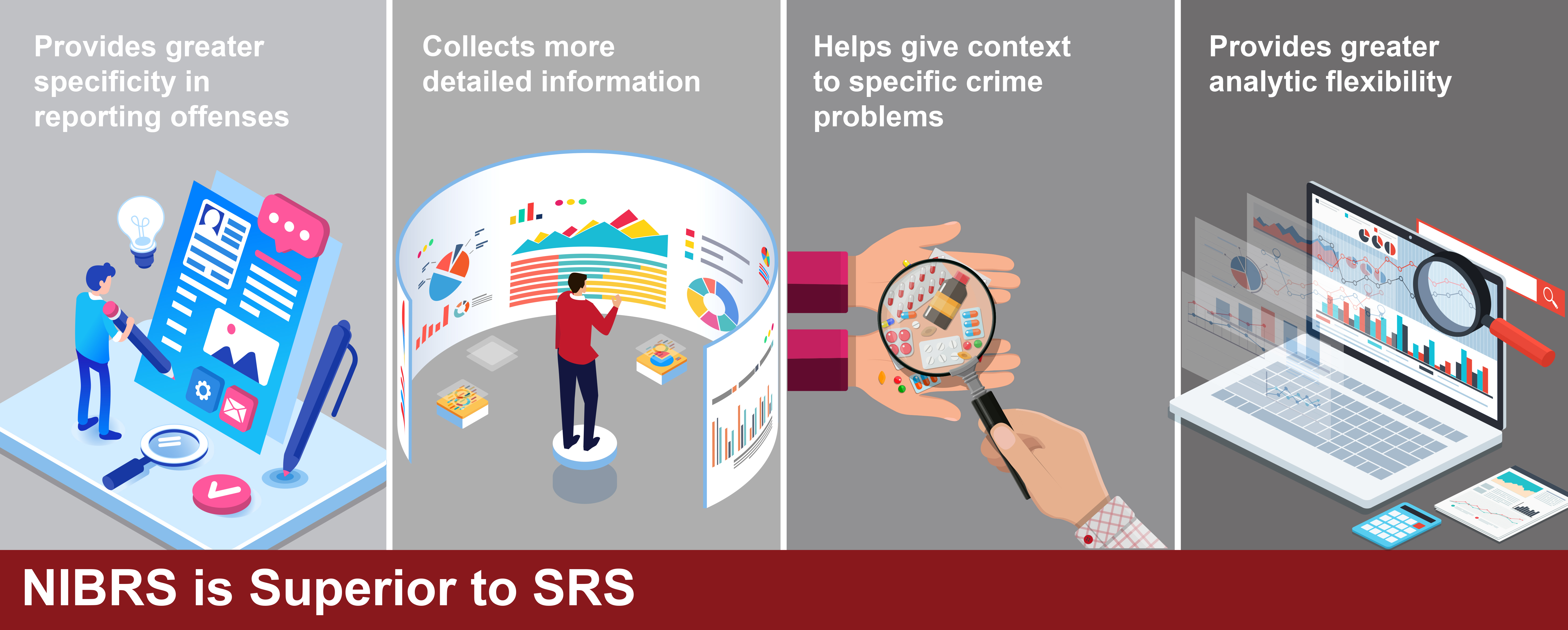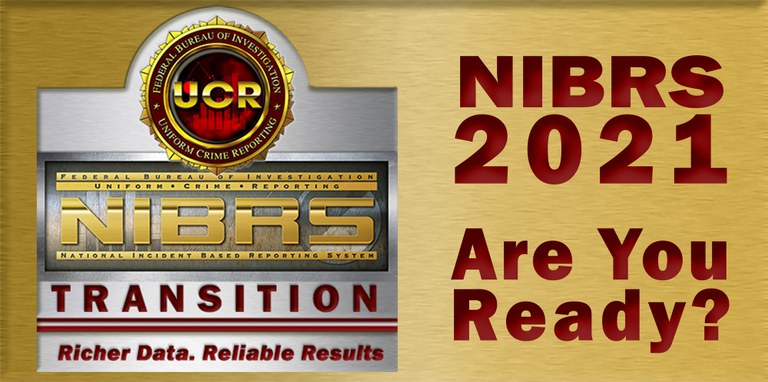
Guest OpEd by Bobby Robertson, CEO, Omnigo Software
By January 1, 2021, all U.S. law enforcement agencies will be required to use the National Incident-Based Reporting System (NIBRS) for collecting and reporting crime-incident data to the FBI, as the current Uniform Crime Reporting (UCR) Program will be retiring.
Overall, this new reporting method is beneficial as it allows for more thorough incident reporting through further information capture and new incident classification categories.
Unlike data reported previously, the NIBRS data goes much deeper because of its ability to include all offenses within a single incident, plus additional aspects about each event like location, time of day, and whether the incident was cleared.
Ultimately, NIBRS will improve the detail and overall quality of crime data, which will help law enforcement and communities around the country use resources more strategically and effectively.
(Learn More. The transition to the National Incident-Based Reporting System (NIBRS) will improve the accuracy and timeliness of our nation’s crime statistics, help identify crime patterns and trends, and aid in crime prevention. Courtesy of the FBI and YouTube. Posted on Dec 21, 2018.)
While the deadline to make the switch may seem like a long way off, agencies must be proactive in transitioning their systems to NIBRS now.
They should not wait to begin the NIBRS compliance process, because even under the best of circumstances, the transition will take between three and six months.
Below are the top five reasons agencies should begin the process sooner rather than later:
-
It’s mandatory and UCR will no longer be available
Perhaps the most important and most persuasive reason to transition to NIBRS: compliance is mandatory come January 1, 2021.
The FBI’s current UCR Summary Reporting System (SRS) will be fully retired on that same day, so the only method you will be able to utilize for submitting data is NIBRS.
* FEAR NOT: although UCR will be retired, any reporting data recorded prior to January 1, 2021, will be archived and accessible to the reporting agency.
(Visit the Crime Data Explorer (CDE) website to view an interactive map detailing each state’s current level of participation and its future NIBRS plans. You can also view trends, download bulk datasets, and access the Crime Data API for reported crime at the national, state, and agency levels.)
-
The Hierarchy Rule no longer applies
While valuable, the current UCR protocol is not all-inclusive due to the application of the Hierarchy Rule; this specifies that only the most serious incident should be reported, which may obscure the actual number of crimes committed.
For example: a criminal breaks into a home, takes the homeowner’s wallet at gunpoint, and ultimately shoots and kills the owner; under the Hierarchy Rule, the agency only reports the most serious offense — murder.
This does not, however, provide an accurate depiction of what actually occurred. NIBRS allows a more complete, factually correct incident report to be generated.
-
Your agency could potentially lose funding
Failure to comply by January 1, 2021 could result in a loss of federal funding for your agency, including grants available through the Justice Assistance Grant (JAG) Program and the Office of Community Oriented Policing Services (COPS Office).
Noncompliant agencies may also be ineligible for the Justice Department’s Equitable Sharing Program and the Federal Surplus Equipment Program.
-
There may be hiccups along the way
While the implementation of NIBRS should ideally only take three to six months, that time frame does not take into account any errors, bottlenecks, learning curves, and/or training processes that may significantly delay the transition.
The sooner your agency commits to making the transition, the easier it will be to handle those hiccups in stride and still be on track for the January 1, 2021 deadline.
-
Your reporting can be more thorough, sooner
With NIBRS you can collect detailed data for 52 offenses, along with 10 more offenses where only arrests are reported.
With UCR you can only count limited data for 10 offenses, along with 20 more crimes where only arrests are reported.
No matter the offense, NIBRS records demographic information (race, ethnicity, age and sex) of victims, arrestees and known offenders.
UCR only does this for murder.
In addition, NIBRS gathers data on gang involvement, time of day, weapons and force, location, and drug types and quantities.
Unlike UCR’s limited data gathering capabilities, NIBRS allows for collecting the finer details of an incident, resulting in a better, clearer, and more accurate description of the crime.
The below comparison chart illustrates the vast differences between UCR and NIBRS and is a testament to NIBRS thoroughness:
While the NIBRS implementation process may seem like a tedious task, it is one that will improve the functionality of your law enforcement agency and make for more accurate crime statistics nationwide.
Don’t wait to comply.
About the Author

Bobby Robertson, is CEO Omnigo Software, a leading provider of public safety, incident and security management solutions for law enforcement, education, healthcare, gaming, hospitality and other vertical markets.
Omnigo offers easy-to-use, flexible applications that provide actionable insight for making more informed decisions, providing law enforcement and security professionals with increased staff productivity, reduced compliance risk and a measured improvement in safety and security.
(Omnigo Software was formed when three companies—ITI Technologies, iView Systems, and ReportExec—were brought together as one in 2017. 360 Stay Safe was added to the Omnigo portfolio in 2018. Omnigo is made up of former law enforcement, dispatch, security, and other experienced professionals with a shared vision: to ensure a world with safer tomorrows. Courtesy of Omnigo Software and YouTube. Posted on Jan 2, 2019.)
The Road to NIBRS
By the FBI

Is your agency ready to transition to NIBRS?
Here’s how to get there:
-
Procure NIBRS software/hardware
-
Determine if FBI or state-specific tech specs will be used
-
Map state statutes to NIBRS offense codes
-
Establish a records management system (RMS) capable of capturing NIBRS
-
Implement NIBRS RMS
-
Pretest data against NIBRS validation rules
-
Attain NIBRS certification
-
Message NIBRS success
NIBRS Toolbox for Law Enforcement

-
NIBRS Readiness Assessment for Law Enforcement Agencies
-
Law Enforcement Agency Incident-Based Reporting Playbook: Guide to Implementing an IBR System
-
Countdown to NIBRS: 2018 is a Pivotal Year for Crime Statistics (Flyer)
-
A Guide to Understanding NIBRS
-
Effects of NIBRS on Crime Statistics (2014 data)
-
NIBRS Quick Facts
-
30 Questions and Answers About NIBRS Transition



















